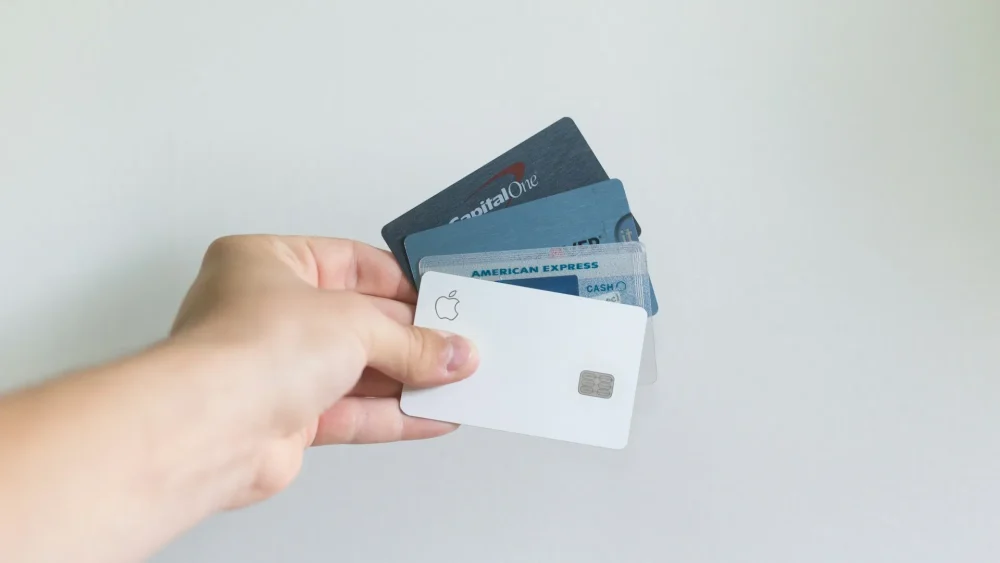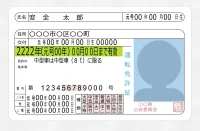How to remit or transfer money from a Japanese bank ATM or convenience store ATM to another bank
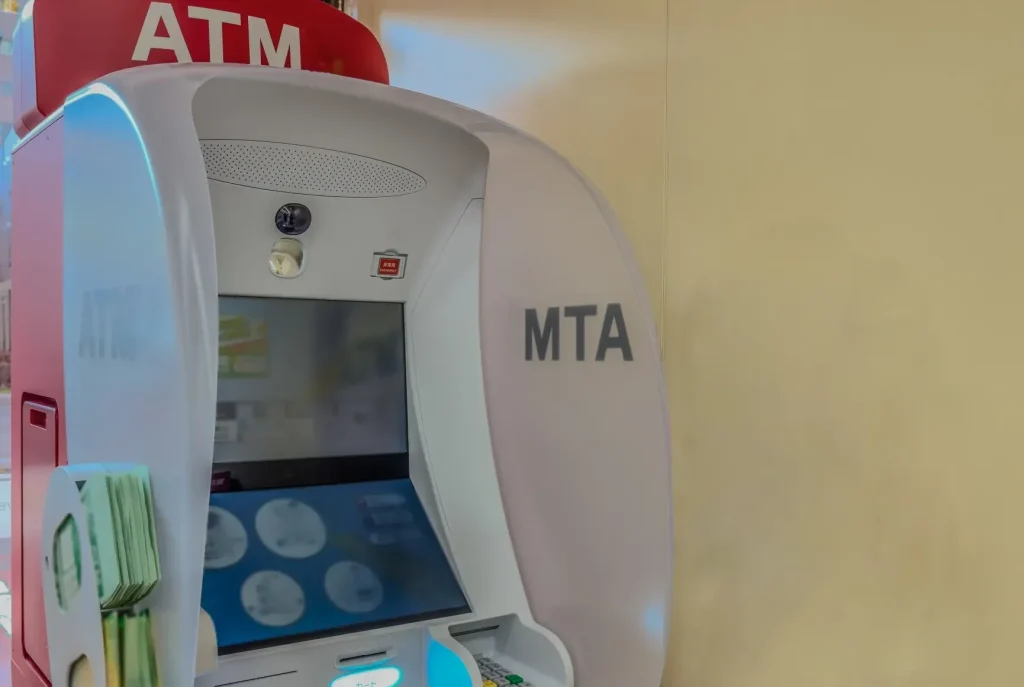
As more and more foreigners visit Japan, they have more opportunities to use Japanese bank and convenience store ATMs. However, we often hear that Japanese ATMs do not provide sufficient foreign language support and that people are confused, especially when they do not know how to transfer money or make a money transfer.
Therefore, in this article, we will explain in an easy-to-understand manner for foreigners how to send and transfer money from Japanese bank ATMs and convenience store ATMs to other banks. If you are a foreigner who is having trouble managing money or transferring money in Japan, please refer to this article.
To send money or transfer money using a Japanese bank or ATM at a convenience store, you must first open a Japanese bank account. For more information on how to open an account and recommended banks for foreigners, please check the following article.
▶︎ How to open a bank account in Japan? Introduction of necessary belongings and recommended banks.
There are two major types of ATMs in Japan
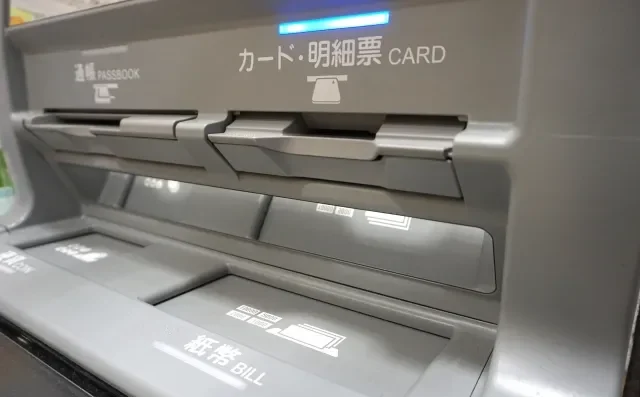
There are two main types of ATMs in Japan: bank ATMs and convenience store ATMs. By understanding the features and differences between them, you will be able to choose the ATM that best suits your purpose.
(1) Bank ATMs
Bank ATMs are ATMs located at branches and sales offices of various banks. Since business hours are based on bank business hours, they are available only during weekdays and are not available on weekends, holidays, or at night. However, bank charges are relatively low, with no transfer fee for transfers to your own bank and generally around 220 yen for transfers to other banks.
(2) Convenience store ATMs
Convenience store ATMs are ATMs located inside convenience stores. They are widely available at major convenience store chains such as Seven-Eleven, Lawson, and Family Mart nationwide. Their greatest feature is that they are available almost 24 hours a day, 365 days a year. Regardless of early mornings, late nights, weekends, or holidays, ATMs are always available for your convenience.
However, it should be noted that convenience store ATMs are more expensive than bank ATMs in terms of fees. Most deposits and transfers cost 220 yen, even on weekdays. Late at night or on weekends, the fee may be even higher. Also, most convenience store ATMs do not accept coins, so only bills are accepted.
As you can see, bank ATMs and convenience store ATMs each have their own unique characteristics, so be sure to choose the right ATM for your money transfer or remittance by balancing fees and convenience.
Japanese commonly used for remittances and transfers at ATMs in Japan
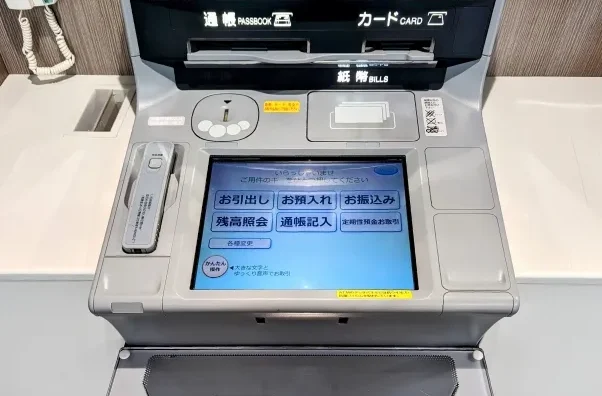
Before learning how to use Japanese ATMs, here are some Japanese words that are commonly found at Japanese bank ATMs and are commonly used when transferring money to other banks, so if you have any unfamiliar words after reading the following, please return to this table to check them.
| Japanese (language) | hiragana | romaji | Native language |
| passbook | notice | Tsuuchou | Passbook |
| card | card | Kaado | card |
| Bank transfer or remittance | remittance for rent paid by a tenant farmer | Ofurikomi Gosoukin | Transfer |
| personal identification number | password number | Anshou bangou | PIN |
| account number (bank, etc.) | account number (bank, etc.) | Kouza bangou | Bank account number |
| account name | rakugo stage name | Kouza meigi | Account holder |
| confirmation | affirmation | Kakunin | Confirmation |
| amendment | benthic | Teisei | Correction |
| cancel | revocation | Torikeshi | Cancel |
| balance inquiry | (championship) tournament win with no wins over losses | Zandaka shoukai | Balance inquiry |
Since many kanji characters are used in the operation screens for money transfers and transfers, familiarizing yourself with the words introduced here will help you operate the ATM smoothly.
8 steps to send or transfer money to another bank using a Japanese ATM

Basically, there is no major difference in the procedure for sending or transferring money to another bank, whether you use a bank ATM or a convenience store ATM. Regardless of which ATM you use, you can complete the money transfer by following the steps below.
1. Press the "Transfer" or "Remittance" button.
The first step in the money transfer procedure is to look for and press the "Transfer" or "Money Transfer" button on the initial screen of the ATM. Depending on the model, the expression may be "transfer" or "money transfer," but keep in mind that they all mean the same thing.
Insert cash card or bankbook
Insert the cash card or passbook of the account from which the money is to be transferred into the ATM. When inserting a bankbook, be sure to open the cover and insert the passbook with the magnetic tape (black stripe) facing inward. If the cash card has an arrow on its surface, insert it according to the direction of the arrow.
3. enter the PIN
Enter the PIN for your account correctly. Enter it carefully, because if you make a mistake, the procedure will be interrupted.
4. select the bank you wish to remit/transfer funds to
Select the bank to which you wish to send the money. If it is a major bank, a button with the name of that bank is often provided directly. If you are sending money to a bank that does not have a button with the name, such as a regional bank, select a button such as "Other Bank.
5. select a bank branch
Once you have selected the bank to which you wish to send the money, the next step is to select the name of the branch. You will see buttons for the first letter of the branch name, such as "a," "ka," "sa," etc. Select the first letter of the branch you wish to send money to, and then select the correct branch from the list. For example, for Shinjuku branch, press "shi".
6. select the type of account
Select whether the account to which the remittance will be sent is a savings or checking account. When you are notified of the account number, in most cases you will also be informed of the distinction between "ordinary" and "checking," so use that as a reference to select the appropriate account type.
7. Enter the account number and amount of the account you wish to remit/transfer.
Enter the account number of the payee and the amount to be transferred. The account number should be the number printed on the bankbook or cash card. This number includes information that identifies the bank or branch, so the number may be seven, eight, or nine digits.
Enter the amount carefully. If you make a mistake and complete the transfer, it may be difficult to reverse it.
8. final confirmation
The information you entered, such as account information and amount, will appear on the confirmation screen. Make sure that there are no errors in the information provided. If there are any errors, you can correct them using the "Correct" or "Cancel" buttons.
If everything is correct, press the "Confirm" or "Execute" button to complete the remittance/transfer procedure.
【 Points of use of 】ATM by the four major Japanese banks
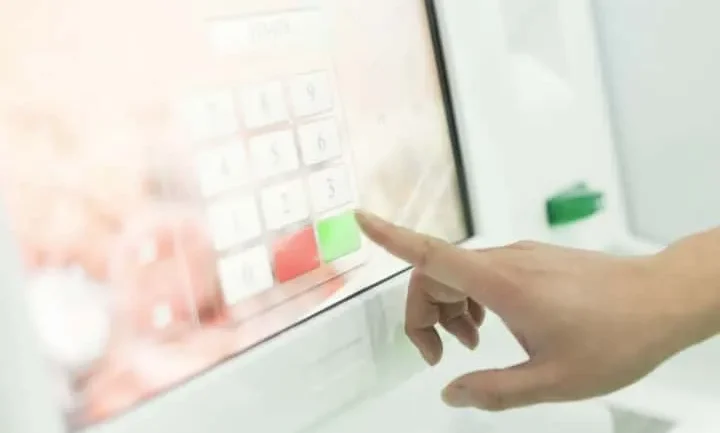
Next, we will look at the ATMs of the four major banks with the largest number of account holders in Japan, and the characteristics of their operations when transferring funds. Familiarize yourself with the ATM operations of the bank you use, and you will be able to proceed more smoothly.
(1) Japan Post Bank ATM transfer method
When you want to send or transfer money to another bank from a Japan Post Bank ATM, first press the "Money Transfer" button. The "Transfer" button is probably the third button from the top on the left side.
Then, on the next screen, press "Transfer funds to another bank account. The term "other bank" refers to "other banks.
Reference:Remittance to Japan Post Account
(2) Bank of Mitsubishi UFJ transfer method
At a Bank of Mitsubishi UFJ ATM, first press the button marked "Transfer". The "Transfer" button is probably at the bottom left of the screen. Next, about 10 major banks will be displayed, so if there is a bank to which you wish to send money, press the button.
If there are none, press "Other Financial Institutions" in the lower right corner of the screen. Then press "Bank" on the next screen that appears, and you will be taken to a screen where you can select another bank.
Reference:Bank of Mitsubishi UFJ
(iii) Sumitomo Mitsui Banking Corporation transfer method
For SMBC, first press "Transfer" on the first screen. Next, you will see the main banks to which you will send money, so if you have a bank to which you will send money, press the button.
If not, press "Other" in the lower right corner of the screen, then press "Bank" on the next screen that appears.
Reference:Bank transfer: Sumitomo Mitsui Banking Corporation
(4) Mizuho Bank transfer method
For Mizuho Bank, first press the "Transfer" button. Next, several major banks will be displayed, so if there is a bank you wish to remit/transfer funds to, press it.
If not, press "Next" in the lower right corner of the screen and a different bank will be displayed. If you still cannot find it, press "Next" again to see more different banks.
Reference:Transfer|Mizuho Bank, Ltd.
How to transfer money at convenience store ATMs (Seven, Lawson, and Famima)
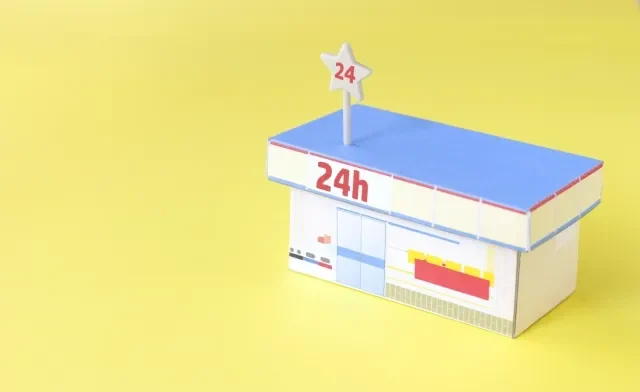
ATMs located in major convenience store chains also offer almost the same procedures for remittances and transfers as bank ATMs. You can operate any bank ATM, including Seven Bank ATMs (Seven-Eleven), Lawson Bank ATMs (Lawson), and E-net (FamilyMart), by following the instructions on the screen.
However, some ATMs do not handle coins or have a cap on the amount of money that can be transferred. It is recommended that you check such conditions in advance.
Another exciting feature for foreign residents is the multilingual support at each convenience store ATM.
- Lawson Bank ATMs: Available in English, Chinese (simplified), and Korean
- Seven Bank ATMs: 12 languages supported: Japanese, English, Simplified Chinese, Traditional Chinese, Korean, Thai, Malaysian, Indonesian, Vietnamese, French, German, Portuguese
- E-net: Available in Mandarin Chinese, English, Korean and Japanese
As described above, each ATM at each convenience store is now available in multiple languages, so foreign residents who are not comfortable using Japanese can use these ATMs with peace of mind.
If you make good use of the multilingual support of convenience store ATMs, you should be able to smoothly transfer money and make money transfers in Japan. We encourage foreign residents who are worried about the language barrier to take advantage of ATMs at convenience stores.
Serious employment support to help you realize your dream of working in Japan!

Do you want to work in Japan?
Let us "Goandup" make that dream a reality!
【 Program Features 】
✅ JLPT N3 level Japanese language acquisition
✅ Thorough preparation for the specific skills test
✅ Full support for job hunting in Japan
Business-focused one-on-one lessons will help you find a job in Japan in the shortest possible time.
【 Program Menu 】
- Individual Japanese language lessons
- Intensive curriculum to obtain N3, especially specialized lessons for business Japanese that can be used at work.
- Intensive curriculum to obtain N3, especially specialized lessons for business Japanese that can be used at work.
- Preparation for the Specific Skills Test
- Customized materials for specific skill tests will be used to focus on frequently asked questions and learning to pass the test.
- Customized materials for specific skill tests will be used to focus on frequently asked questions and learning to pass the test.
- Resume and CV support
- To create resumes and CVs tailored to Japanese corporate culture, and to brush up on self-promotion and motivation for application.
- To create resumes and CVs tailored to Japanese corporate culture, and to brush up on self-promotion and motivation for application.
- Interview Preparation
- Guidance on areas for improvement through mock interviews and feedback based on corporate interview scenarios. Learn interview etiquette and behavior unique to Japan.
- Guidance on areas for improvement through mock interviews and feedback based on corporate interview scenarios. Learn interview etiquette and behavior unique to Japan.
- career consulting
- Provide introductions to companies that match the participant's career goals, select companies to apply to, and provide advice on the level of knowledge required by the companies to which the participant is applying.
- Provide introductions to companies that match the participant's career goals, select companies to apply to, and provide advice on the level of knowledge required by the companies to which the participant is applying.
- Chat Support
- In addition to one-on-one individual lessons, we also accept casual questions via DM (visa application, living support, assistance in finding a room, etc.).
If you are serious about your career in Japan, join us now!
▶︎ for more informationclick here.
We will do our best to support your success in Japan!
summary
When foreigners use ATMs in Japan to send or transfer money, they may be confused by the Japanese language on the operation screens. However, if you understand the basic flow and remember key Japanese words, you should be able to complete the procedure without problems.
If it is difficult to send money between banks in Japan, you can also use the international money transfer service of the post office, where the procedure is carried out at the counter rather than at an ATM, thus eliminating language barriers. The following article explains the fees and other details of Japan Post's international money transfer service in detail.
▶︎ What are the types of fees for international money transfers at a post office (Japan Post)? Necessary items are also explained.
Your support will help us!
Thank you for visiting Goandup Picks. Our mission is to provide you with more useful information to show the world what Japan has to offer.
Your support will help us to further enhance our activities, so please support us!


